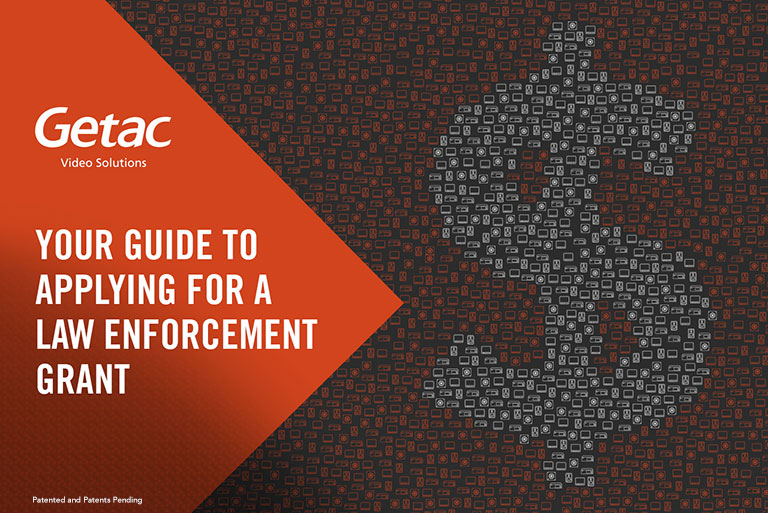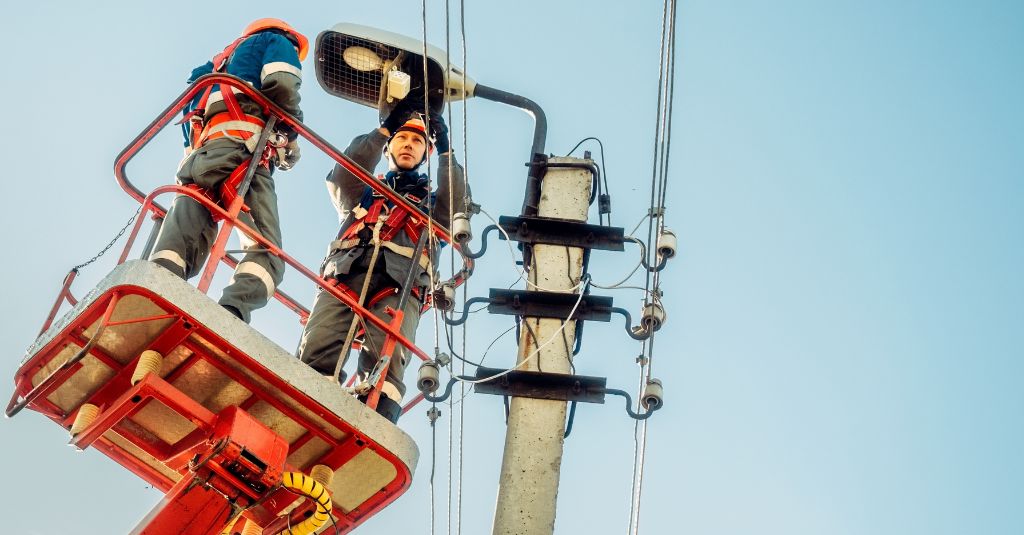As one of the leading rugged computer providers, Getac offers extensive rugged computing product lines and serves a wide range of vertical markets.

Getac Select
A combination of rugged computing devices, software, accessories and professional services in a purposeful range of specifically tailored solutions.
Getac Video Solutions
Video capture, evidence management, rugged hardware and robust software solutions for law enforcement and other industries.
Defense
Mission-critical COTS computing that delivers high powered processing and reliability in operational environments
Public Safety
Law Enforcement, EMS, Fire & Rescue applications
Utilities
Smart Meter Reading and Installation, On-site Safety, Utility Asset Management, Workforce Management for Utilities, Mobile GIS, Surveying and Mapping
Transportation & Logistics
Railroad Management, Airport Management, Port Management, Long-haul Delivery Fleet Management, Warehouse Materials Handling
Industrial Manufacturing
Industrial Programming and Robotic Control, Facility management, Compliance and Inspections, Workforce Management, Inventory and Warehouse Management, Factory Automation and Plant Monitoring, EAM and CMMS Solutions.
Automotive
Optimized Rugged Mobile Solutions to drive a smarter approach throughout the automotive value-chain.
Natural Resources
Mining, Forestry and Construction applications
Oil & Gas
Remote Support, Asset Management, Field Data Analysis, Workplace Safety
Law enforcement technology is essential to the job nowadays, but in-car cameras and body-worn cameras come with a price. That’s why the federal government and private organizations try to ease some of the financial burden by offering grants. We’ve put together a list of five things to remember as you complete your next law enforcement grant application.
Typically, the government agency or organization offering the funding will outline exactly how they want the information presented.
A grant offered by the Department of Justice’s Bureau of Justice Assistance (BJA) for body-worn cameras (BWC) earlier this year had more than a dozen pages explaining the “Application and Submission Information.” Guidelines such as using “appropriately descriptive file names (e.g., “Program Narrative,” “Budget Detail Worksheet,”…” or written in “400 words or less,” were laid out in those pages and are not mere suggestions, but requirements when it comes to grant writing.
The BWC grant explicitly said not following the outlined instructions may prevent applicants from receiving the award. “This section describes in detail what an application should include. An applicant should anticipate that if it fails to submit an application that contains all of the specified elements, it may negatively affect the review of its application; and, should a decision be made to make an award, it may result in the inclusion of award conditions that preclude the recipient from accessing or using award funds until the recipient satisfies the conditions and OJP makes the funds available.”
Also, the BJA Guide to Grants document stresses that font size and page count matter. “Proper formatting, as identified in the solicitation, must also be followed. Submissions that do not adhere to requirements such as font size, spacing, and page length will be deemed ineligible.”
No one knows your local law enforcement needs better than you. After reading your grant application, the person reviewing your documents should understand what problem your department is going to address with the grant money and how the issue will be resolved or drastically improved with the funding. To communicate this compellingly, it is imperative that you explain your problem and its solution in a detailed and concise manner.
A couple of things to include when putting together your proposal include data and anecdotal information. If you are applying for BWC funding to decrease citizen complaints and increase officer safety, supply data for those specific things over the last few years. Additionally, back up those statistics with personal stories from officers or citizens who can provide color to the particular problem you are hoping to address with the grant funding. You may even want to walk through a few of the ways you’ve tried to solve this problem before with little success.
While you are applying for a law enforcement grant, there is no guarantee the person reviewing your application will be familiar with law enforcement. If the person reviewing your application has to look up words they are unfamiliar with, or can’t understand your use of industry acronyms, buzzwords, or jargon, it may reduce your chance for success. One way to make sure a layperson can understand your grant proposal is to have someone outside of law enforcement review your application before submitting.
When a grant reviewer is comparing two different applications, the one with spelling errors or punctuation mistakes is an easy one to eliminate. It is incredibly important to make sure your grammar, spelling, and punctuation are proofed.
However, don’t just worry about commas and spelling when you are editing. Also, make sure your data and financials are consistent and correct throughout the entire document. As you get closer to the application date, tweaking numbers in the budget and re-writing different sections of the grant is standard. Don’t forget to change any amounts you have updated throughout the entire product. Attention to detail shows the grant reviewer you care, and they should too.
Citations are another area to focus on. If you are providing data or information, make sure to cite where you got the data. A variety of sources from all levels, local, state, federal, demonstrate your understanding of how the issue will be addressed with funding.
Once you have gone through and made sure the document is consistent and edited to the best of your ability, call in backup. Have several colleagues look over your grant document without giving any additional information. When they finish, be sure to make changes to the text if something is unclear to those reviewing it. Chances are if one person doesn’t understand, others may be confused as well. Also, ask them to look for holes or issues with the grant application. Do they have questions that aren’t addressed in the document?
By the time your grant is complete and ready to be submitted, it will be full of detailed information explaining what problem you will solve with the funding offered by the award. That doesn’t mean it has to be visually dull. As long as you follow the rules laid out in the grant application guidelines, you can provide the information requested with colorful graphs or images. While the aesthetically pleasing application will never take precedence over quality writing, it is a way to set yourself apart. If you are unsure about the addition of graphs or images within the grants guidelines, ask.
As this year comes to an end, there will be grant opportunities for 2020 being posted in the upcoming weeks and months. Here are some websites to check regularly for law enforcement grant opportunities.
Getac Video Solutions is the proud provider of law enforcement products and solutions including, Body-Worn Cameras, In-Car Cameras, Real Time Command, and Enterprise Data Management. It is our job to protect and serve you while you protect and serve the public. Learn more about us on our website or contact us here.
As one of the leading rugged computer providers, Getac offers extensive rugged computing product lines and serves a wide range of vertical markets.



